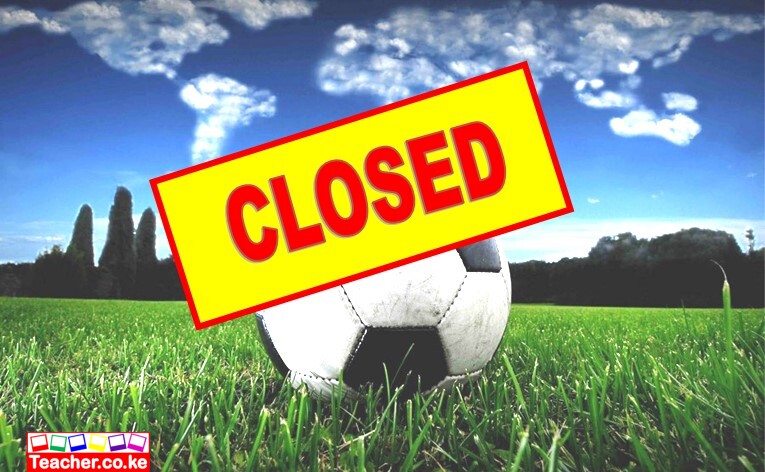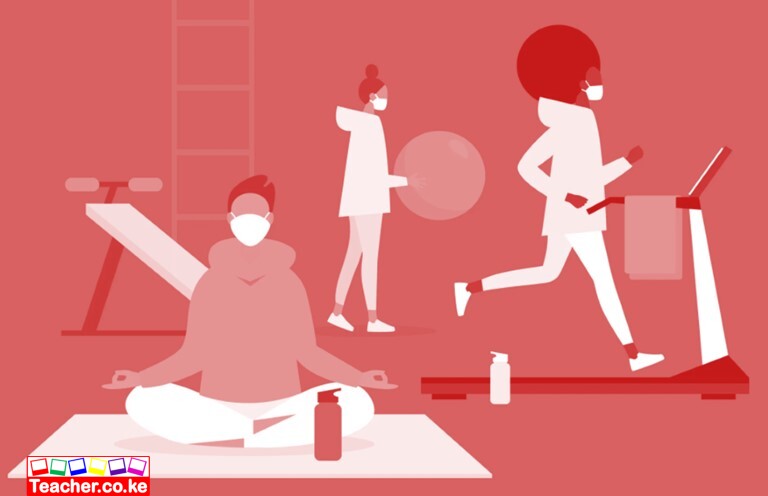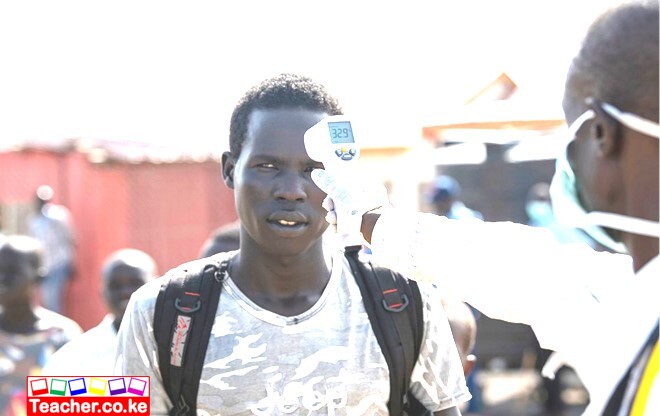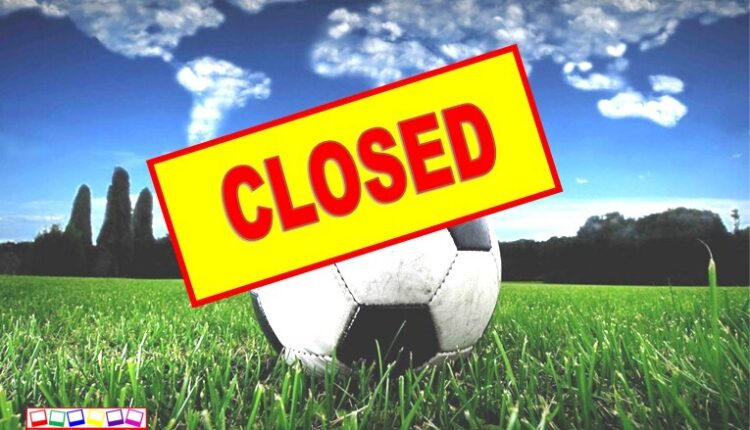The impact of COVID-19 on sport, physical activity and well-being and its effects on social development
COVID-19 has marked the world in more ways than one. It has swept through our lifestyles, altering them and defining new standards for us to live. For a while, our physical movements were limited to within the boundaries of our homes/homesteads; isolation was safer than socializing.
This discussion focuses on the impact of COVID-19 on sport, physical activity, and well-being and its effects on social development.
Impact on sport
In early 2020, when COVID-19 crossed the China border and spread worldwide, many athletes became infected. Several international, regional, and national sporting organizations suspended or postponed leagues(NBA, NHL, EPL, MLS, UEFA Champions League, and so many others) and events to protect their peers, the fans, officials, and anyone else involved. The biggest news was the postponement of the Paralympics and Olympics to 2021.

The suspension of these sports events led to business and job paralysis for all the involved stakeholders. The United Nations Department of Economic and Social Affairs reported in May 2020 that the sports industry’s global value was at US$756 million annually. The report further stated that millions of jobs were at risk globally, not only for sports professionals but also those in related retail and sporting services industries connected with leagues and events, which include travel, tourism, infrastructure, transportation, catering, and media broadcasting, among others. Athletes were also at risk of losing potential sponsorship and lucrative transfer deals.
Several professional athletes succumbed to the virus, taking with them their exceptional talents. The remaining athletes had to plan new home workout schedules to maintain their fitness and shape until they could work again.
The lockdown, a result of the pandemic, led to the closure of schools, which are great hubs for sports. They are common grooming grounds for talent. Therefore, they have many stakeholders: the learners themselves, coaches, parents, teachers, sporting organizations, public and private schools, national ministries and subsequent leaders at the district, county, and village level, NGOs, athletes, and businesses.
Ardent sports fans were unable to watch their favorite games for some time. Even when the sports resumed, they were not allowed to watch the games from the stadiums. One key sports attribute is massive cheering; it is a two-way morale booster for players and fans. The energy is infectious, and the excitement is always at its peak. However, the COVID-19 preventive measures meant rigorous testing and playing in empty stadiums/auditoriums for athletes while fans had to stay in their homes and watch. It was such a miserable experience for both parties.
Impact on physical activity
Physical activity helps us to keep fit and stay in shape. With government directives to remain at home- unless the situation necessitated travel- people’ only carried out physical activities limited to the minimum like house cleaning, dishwashing, bathing, eating, and sleeping. Since the COVID-19 preventive measures included distancing, people could not even go out to run for the worry that there would be too many people. The repetitive daily routine made them even lazier, and some people spent their days either sleeping or watching TV.

The closure of recreational centers, gyms, parks, dance studios, and playgrounds meant that people could not access group workouts and dance sessions outside of their homes. Some people are like wolves. Without a pack, they have no sense of motivation to do anything, much less, have the zeal to work out. People who could have pushed on, regardless of the situation, were limited by the small space in their homes.
Some people would make time for physical activity. They utilized instructive fitness software applications and online workout and dance sessions. Others, the minority- who already had gyms in their homes were hardly affected as extra physical activity was already part of their daily routine.
Lack of enough physical activity can lead to excess fat in the body, heart diseases, and obesity. It can also exacerbate already existing illnesses in a person’s body. A person needs 150 minutes or 75 minutes- depending on the intensity- of physical activity as recommended by the World Health Organization (WHO). However, most people barely reached the minimum length of the required physical activity time during the pandemic.
Impact on well-being
People could not and were not allowed to visit their sick loved ones or even bury them (in the beginning). It took such a toll on their emotions and mind to make peace with the loss. Caring for a sick loved one and burying them helps to deal with the pain in the aftermath. It’s possible many people suffered mentally and psychologically because of this.

The COVID-19 pandemic led to long stretches of isolation from friends and family. Those who stayed alone gradually fell into depression due to lack of interaction with other people and their anxiety due to depleting income.
There was an increase in domestic violence, with women and children being more of the victims to assault. One of the main reasons for this increase was because people were now constantly living in the same space every day with nowhere to go and release their frustrations and resentment.
Since many people lost their jobs and had to thrive on their savings, they became desperate and anxious and even lost weight due to the extreme stress. However, other people put on a lot of weight due to a lack of quality physical activity.
Many people are still struggling to rejuvenate their businesses and incomes, yet the pandemic persists as the virus mutates itself into new variants. Others have not healed from the physical, emotional, and psychological damages that came as a result of the pandemic. Therefore, very many people have been diagnosed with depression, eating disorders, and anxiety.
Effects on Social Development
According to the UN Department of Economics and Social Affairs report of 2020, the cancellation of several sporting games also impacts many social benefits of global and national events, which can cement social cohesion, contribute to the social and emotional excitement of the fans, as well as their identification with athletes leading to greater physical activity of individuals.
The report adds that sport has long been considered a valuable tool for fostering communication and building bridges between communities and generations. Through sport, various social groups can play a central role in social transformation and development, particularly in divided societies.
It listed the example of FIFA teaming up with WHO to launch the “Pass the message to kick out coronavirus” campaign- led by well-known football players in 13 languages, calling on people to follow five key steps to stop the spread of the disease-focused on handwashing, coughing etiquette, not touching one’s face, physical distance and staying at home if not feeling well- as a show of solidarity between major sporting organizations and efforts to reduce the spread of the virus. It also emphasizes that other international sports for development and peace organizations have come together to support one another in solidarity during this time with the example of using periodic online community discussions to share challenges and issues.
Read Also:
- TSC Advertises 21 Vacancies of Internship with Deadline Set On 22nd November
- Online TSC Payslips – Login, Register, Download and Related Questions
- KEPSHA Conference for Primary School Heads Scheduled on 27th December
- 2021/2022 TSC Wealth Declaration Procedure for Teachers and Administrators
- Parents to Pay Huge Amounts for Destruction in Schools
- Students Found Guilty Of Burning Schools Will Not Join Public Schools
- Eleven Students in Court over Arson
- Solved: How to Stop Students Strikes in Kenya
- Students to be Educated on Tax
- TSC TPAD2 How to Open, Create a new Account, Activate, Login, and fill in Appraisal Online
- KMTC Campus on the Spotlight over Unpaid Fees
- Only 20000 Teachers Register for December TPD Throwing TSC Plans In Disarray
- KCSE Candidates with Grade E to Join Colleges
- 2021/2022 TSC Wealth Declaration Procedure for Teachers and Administrators
- Ministry Of Education Announces Mid-Term Break Dates for Secondary Schools
- TSC Circular on Online Declaration of 2019 – 2021 Income, Assets & Liabilities (DIALs)
- Teachers Given 31st December 2021 Deadline for Declaration of Wealth
- TSC Conducts Promotion Interviews for 2419 Teachers
- Recently Established Universities to Benefit More in Proposed University Funding Framework
- Government of Hungary Increases Scholarship Vacancies for Kenyan Students
- 2022 KCPE Predictions trial Exams with Answers



Comments are closed.